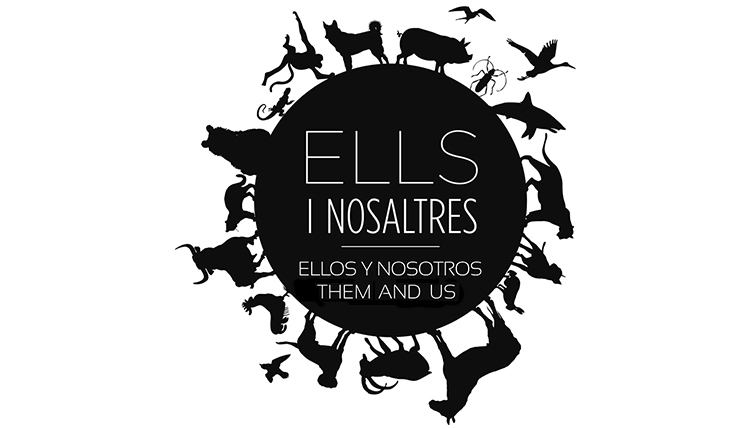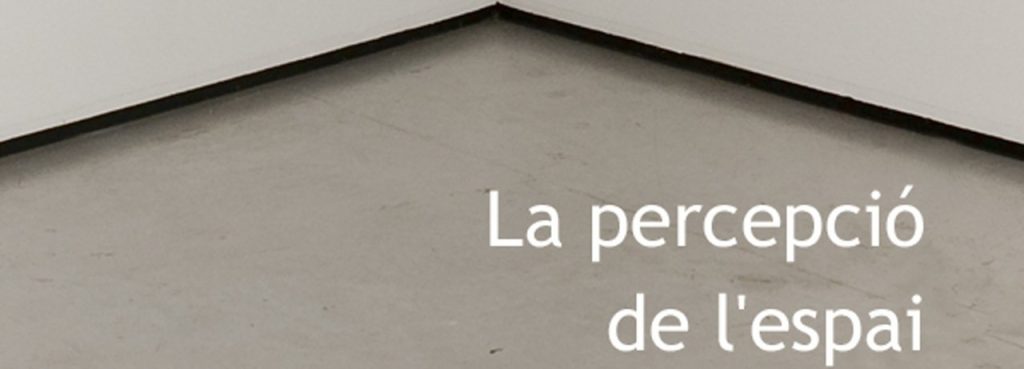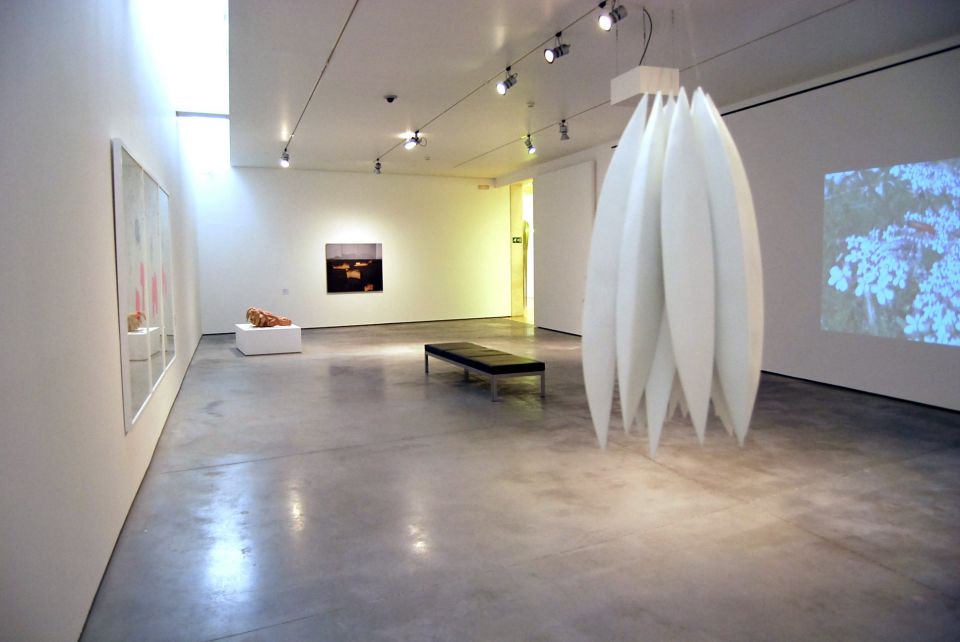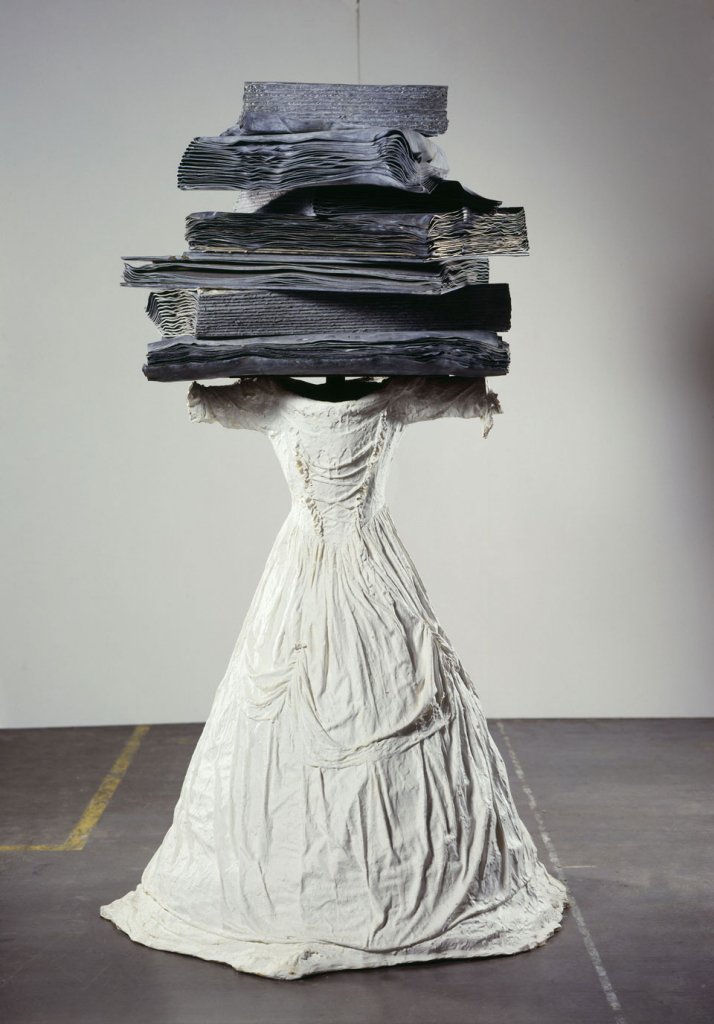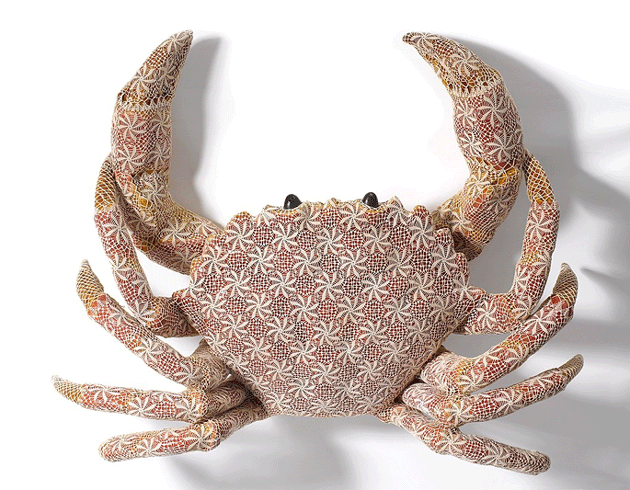
- Artist:
- Joana Vasconcelos
- Date:
- 2008
- Technique:
- Ceramic by Rafael Bordalo Pinheiro. Vitrified painting and crochet
- Dimensions:
- 31 x 115 x 91 cm
- Origin:
- Es Baluard Museu d'Art Contemporani de Palma
- Registration number:
- 593
- Exposed:
- No
Conchita belongs to a series of works made with ceramic and crochet (an appropriation of a limited set of pieces of crockery designed by the renowned 19th-century Portuguese artist, Bordalo Pinheiro, known for his caricatures, sculptures and ceramic designs). It is a large-scale naturalist representation of animals which for the most part generate unease or fear when they are close to people (in the case of the work in question, the animal is a crab, but the series also includes wasps, lizards, snakes, etc.). These non-domestic animals are ambiguously imprisoned or protected by a second crocheted skin which tames and entraps them. The use of crochet in a paradoxical imprisonment or protection of the animals, relegated in this way to the domestic context, opens up a vast, rich field of interpretation brought on by the beauty and strangeness generated by the result of the operation.
E.C.
Joana Vasconcelos lives and works in Lisbon. A doctor of Aesthetic Communication, she studied visual arts at Ar.Co – Centro de Arte e Comunicação Visual in Lisbon. Her work, which is mainly sculptural, is based on the appropriation, reconversion and reutilisation of everyday objects to bestow new meanings on them. She employs these ingenious associations to question the contemporary society we live in regarding themes related to the role of women or social class. The relationship of opposites between the public and the private, the artisanal and the industrial, tradition and modernity or popular culture and erudite culture are constant themes in her oeuvre, as is the vision of Portuguese popular culture. In 2009 she created a work specifically for Es Baluard’s Aljub space, Garden of Eden #2, an immense garden of light and colour constructed using everyday, artificial objects, which broke with any idea of a natural garden using, as is customary for her, the relationship of opposites between that which is natural and technology.
E.C.
